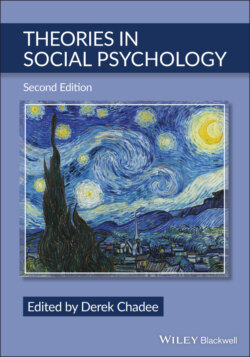Читать книгу Theories in Social Psychology - Группа авторов - Страница 17
The Forbidden Fruit
ОглавлениеMessages are sources of information. Reactance theory emphasizes the sensitivity of the message in persuasion. For example, in one of the many studies undertaken in this area, Bushman (1998) assesses the relationship between reactance and warning labels, that is to what extent were warning labels viewed by consumers as a constraint to their choice of freely using a product – did labels create the effect of “forbidden fruit” or “tainted fruit”? The forbidden fruit theory underlies psychological reactance in that restrictions on the acquisition of something act as a constraint on our freedom, inducing reactance. Proscribed behaviors become more attractive and reduce reactance. Authoritative warning labels on products may create a boomerang effect, making the product more appealing to the consumer.
Bushman posits that the tainted fruit theory reduces attractiveness to the product because consumers conceptualize warning labels as signals of possible harm. However, citing Bushman and Stack (1996) and Snyder and Blood (1992), he notes that research is more supportive of attraction than repulsion by warning labels. Utilizing information labels, warning labels (information labels from an authoritative source), and no label (no warning/information label) on a high caloric product, Bushman found that though the warning label and no label conditions were more attractive, people were less likely to taste the product in the information and warning label conditions. Bushman (2006) also found that warning labels on violent television programs across five age groups (ranging from 9 to 21 years and over) were more likely to attract persons in these groups to the violent program than information labels and no label. Psychological reactance was utilized to explain the attraction to the “forbidden fruit.”
